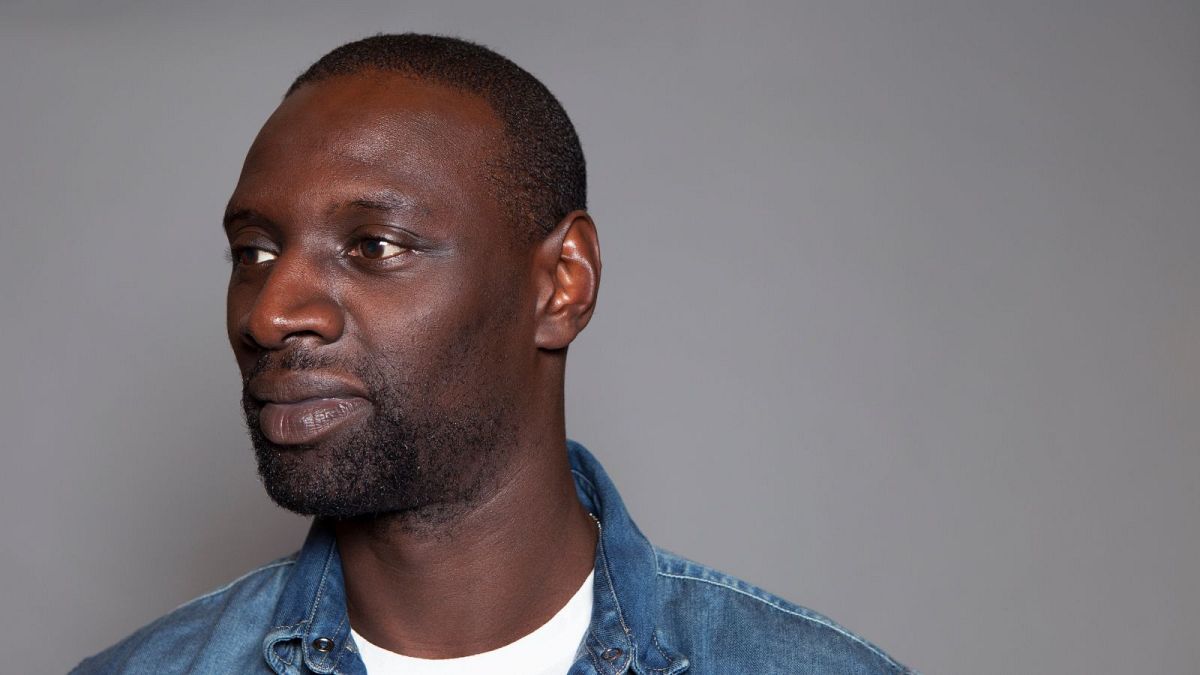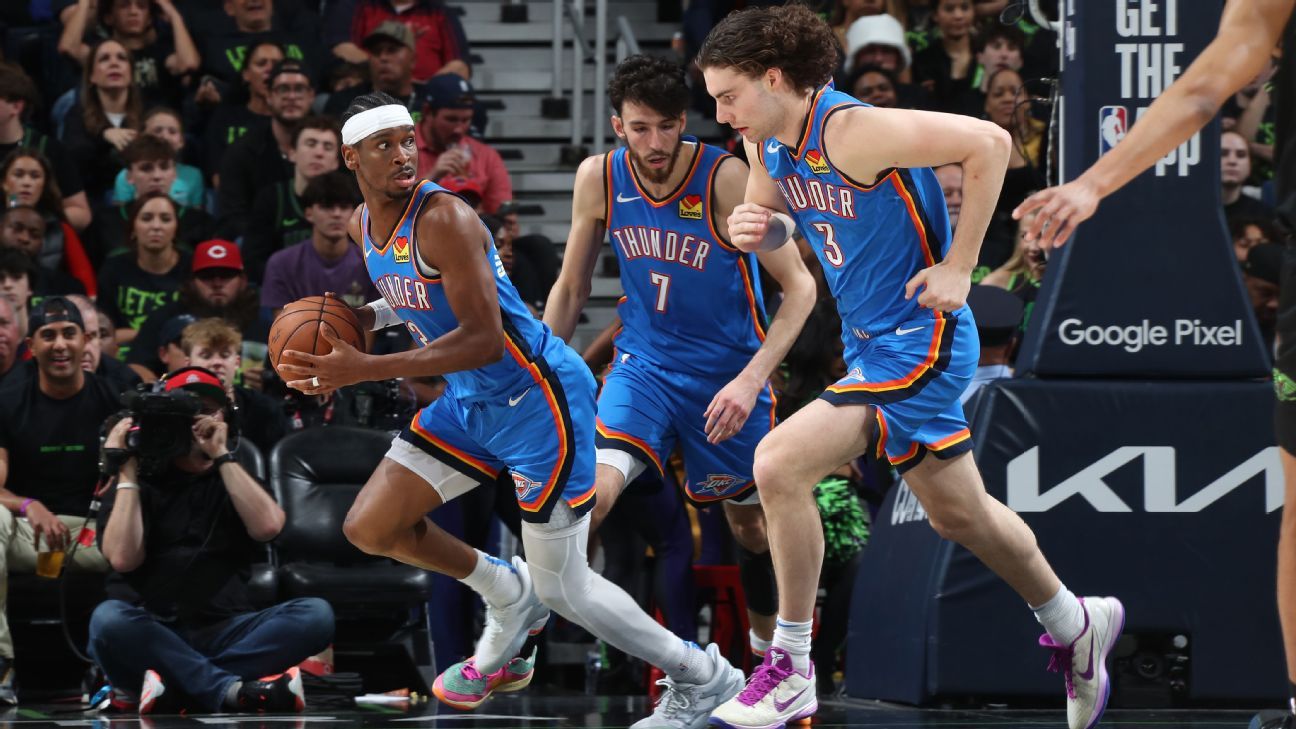That you’re out of breath, that the ball doesn’t bend, that’s inhumane. Throughout history, countless comments have been made regarding playing matches at high altitude.
Every teacher has his own little book. This indicates that not all coaches act the same way. From selecting the flight, landing time in the city where the match will be played, to the situation on the field of play.
Marcelo Bielsa is no exception. He was a coach of Argentina and Chile, had to rise to the top several times, and once, after playing in La Paz, he let his feelings slide: “It does not seem appropriate for me, being in a country that welcomes us, to point out the effects of coming to play here in terms of the decline of football and physical abilities.. To be honest, the players were not able to respond in all actions and this has to do with physical discomfort which is not common among elite footballers.
Uruguay coach Marcelo Bielsa is not improvising when it comes to playing matches in Quito. That’s why it’s worth reviewing how he planned the trip and the way he parked his team on the field.
Bielsa in Quito with Argentina
The first time Marcelo Bielsa went to Quito was to play for Argentina in the 2002 World Cup qualifiers in Japan and Korea.
To combat the effects of the 2,850-metre altitude in the Ecuadorian capital, Bielsa took precautions and arrived in Quito on the same day as the match.
Despite the risks involved in playing at high altitude, Loco stopped his team with a line of three down. The formation used by Bielsa that afternoon at the Atahualpa Olympic Stadium was 3-4-3 with Burgos in goal; Vivas, Ayala and Samuel; Zanetti, Simeone, Veron and Soren; Aimar, Crespo and Kelly Gonzalez.
Obviously, the scheme allowed him to add people in the middle and at the bottom. Argentina won that match 2-0.
Commenting on the match on ESPN, Sebastian Contursi said: “Argentina arrived in Quito with a very clear goal: possession of the ball for as long as possible. Except for some urgent moments on the part of the Ecuadorians, the strategy was implemented perfectly.He has great intelligence, knows how to play when the opponent falters and knows how to defend when the middle is raining from one side to the other.
He added: “Marcelo Bielsa certainly could not have dreamed of a better first half. Because as soon as the first ten minutes had passed, in which Ecuador pressed well, Veron stood in the middle of the field and said: “Wait a minute, how high or high is it? The ball is mine.”
Bielsa is in Quito with Chile
Looking ahead to the 2010 World Cup qualifiers, Bielsa returned to Quito, but this time he was in charge of the Chilean national team. It was October 12, 2008, the ninth day of the playoffs.
In contrast to the strategy used with Argentina, where he rose to the highest level on the same day as the match, Bielsa arrived in Quito with Chile a week before the match against Ecuador. The signal was clear: acclimate to altitude. To do this, the La Roja national team focused and trained every day at the Rodrigo Paz Delgado Stadium.
El Loco stopped his team with the same system he used in Uruguay’s debut in the current operation, namely a 4-1-4-1 formation. That day Chile played Bravo. Fuentes, Medel, Jara and Cerecida; Carmona. Alexis Sanchez, Arturo Vidal, Matias Fernandez and Mark Gonzalez; Suazo.
But everything as planned collapsed when Chile remained in the 19th minute with one man less due to Fuentes’ sending off. Losing side determines the changes. Bielsa replaced defender Pablo Contreras instead of midfielder Matias Fernandez.
Until the moment of expulsion, Chile had reached Ecuador’s goal three times with a shot from Humberto Suazo.
The final result was anticlimactic for Bielsa’s side, who ended up losing 1-0 to Ecuador in Quito.

“Analyst. Web buff. Wannabe beer trailblazer. Certified music expert. Zombie lover. Explorer. Pop culture fanatic.”

:quality(85)/cloudfront-us-east-1.images.arcpublishing.com/infobae/36QW54T3MZGELCUSJOKHDT5HU4.jpg)



:quality(85)/cloudfront-us-east-1.images.arcpublishing.com/infobae/JDCDUBJMP5HNBFLGXSEZJ3VPBY.jpg)

More Stories
Williams and Gilgeous-Alexander lead Thunder sweep of Pelicans
The luxury team that the Cagliari Challenger will feature includes four of the top 50 teams and several from Latin America
Melgar vs Alianza Lima: April 28 result, goals, summary and next fixture